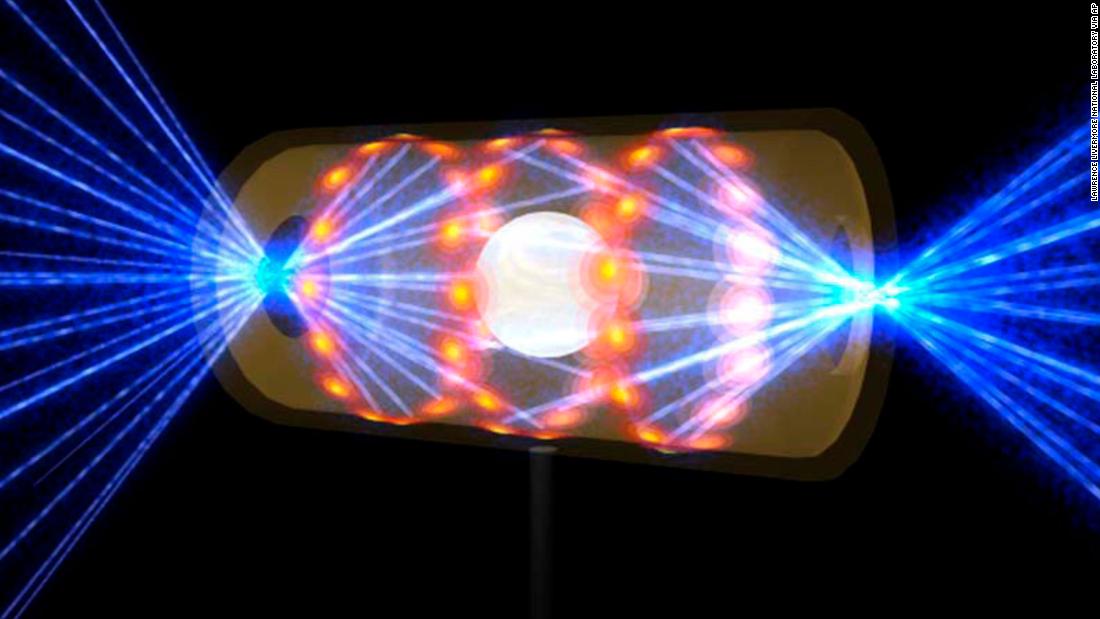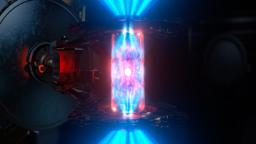

Countries began seeking fusion energy in the 1930s, building all sorts of machines over decades. Most recently, 35 countries are collaborating on the International Thermonuclear Experimental Reactor (ITER) project, based in France.
It is run by seven main members — China, the United States, the European Union, Russia, India, Japan and South Korea — and leaders have worked hard to keep geopolitics out of the research. Its main objective is to prove fusion can be utilized commercially. If it can, the world will have no use for fossil fuels like coal, oil and gas, the main drivers of the human-made climate crisis.
But it was the tokamak, created in the Soviet Union, that proved most successful in the quest for nuclear fusion. In 1968, Soviet researchers made a huge fusion breakthrough — they were able to achieve the high temperatures required and contain the plasma for a sustained period, which had never been done before.
Russia has also provided some of the most critical elements of the ITER. So far, since the start of Russia’s war in Ukraine, its involvement in the project hasn’t changed in any way, said ITER’s head of communications, Laban Coblentz.
Russia has been cut out of a number of other international scientific projects in the fallout of its war, but the European Commission has explicitly made an exception for ITER in its sanctions.
“ITER is really a child of the Cold War,” Coblentz said. “It’s a deliberate collaboration by countries that are ideologically unaligned who simply share a common goal for a better future.”
Geopolitics has always played a role in ITER: Finding the right location for it took years and involved more than a decade of technical studies, political bargaining and diplomatic fine-tuning. France’s Saint-Paul-lez-Durance was finally made the official site in 2005 at a meeting in Moscow, and the agreement on construction was signed in Paris a year after.
As diplomacy and technology fell in step, building began. In 2010, the foundations were laid, and in 2014, the first construction machines were switched on.
